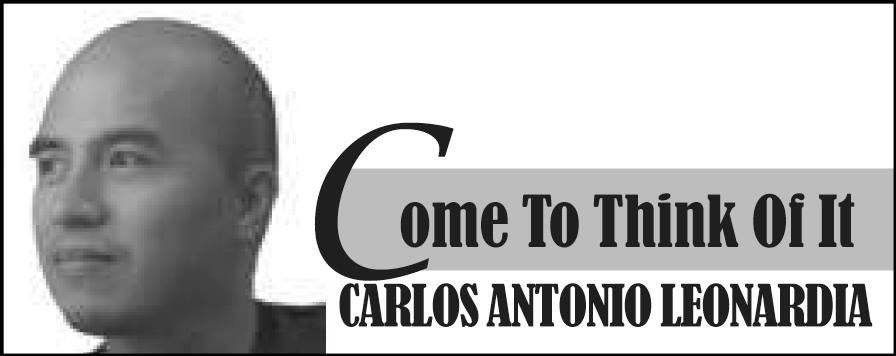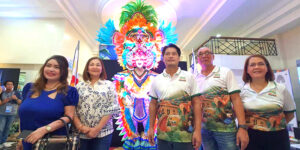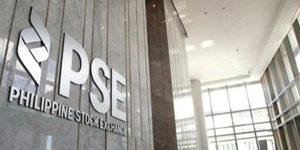
One of the things that the past 17 months of enduring the Covid-19 pandemic has shown us is that many things are possible if our public officials put their backs into it.
Our government may have failed us when it came to testing, contact tracing and the timely procurement of the best vaccines available, but if you come to think of it, the pandemic resulted in some notable changes that we thought were impossible.
One of the biggest changes is how physical distancing was applied to public transportation. It was interesting to see how the overloading and overcrowding problem that plagued our public utility vehicles for decades was suddenly solved by Covid-19.
Riding a PUV is now more comfortable than it ever was because overloading suddenly became impossible. Of course, there is the disadvantage of the increased fare due to the significantly decreased capacity but if that can be regulated or subsidized by government, the coronavirus may have forced our public officials to solve the age-old PUV overcrowding problem.
Maybe, this is just temporary and the overcrowding will return once we have somehow achieved herd immunity and the restrictions that we have been living with for more than 500 days are finally eased, but if it can be done, there should be no reason why the positive gains from the pandemic can be kept. It’s all just a matter of vision and political will and hopefully there are towns and cities that see this “upgrade” as something that can and should be made permanent.
Another positive development that resulted from the pandemic and related to the decongestion of public transportation, is the rise of bicycling. The numbers of the people who have turned to cycling as an alternative have been quite noticeable over the past 17 months. Despite no additional infrastructure and safety measures to encourage biking, there are so much more bikes on the streets these days. Most of the bikers we see are mostly doing it for leisure and not as an important part of a new lifestyle but the seeds are being sown and if our towns and cities can commit to making bicycling a part of a new public transportation system by adding protected bike lanes along routes that can encourage more cyclists, we could be seeing the start of a pleasant transformation.
Most of the bikes we see on streets and roads are currently sporty bikes, ridden by people in sporty kit, but if city officials do their part in making biking part of the new normal, it wouldn’t take a lot for more people to take up biking as a viable alternative to private cars and jeepneys. If they can do it in countries like Japan and the Netherlands, we should also be able to do it here. All we need is for city officials to shift their mentalities towards road use and prioritize people instead of cars. Imagine what our communities would look like if less space were allocated for cars and instead reallocated to protected bike lanes and shady, walkable and more livable streets.
It would be impressive if a bigger city like Bacolod could buy into this sort of transformation but if it is deemed too risky to undertake, it should be doable for cities like Silay, Talisay, Bago and Victorias. All they’d need are leaders who are willing to change the status quo and actually transform their communities.
It was unthinkable during the pre-pandemic days and experience but Covid-19 and the drastic changes it forced upon us and our lifestyles showed us that such changes are possible and they can even be made permanent if they take us toward a better direction. Maybe it is time for our leaders to be more interested and invest in actual urban planning instead of simply asking for brainless road widening projects from the DPWH.*







